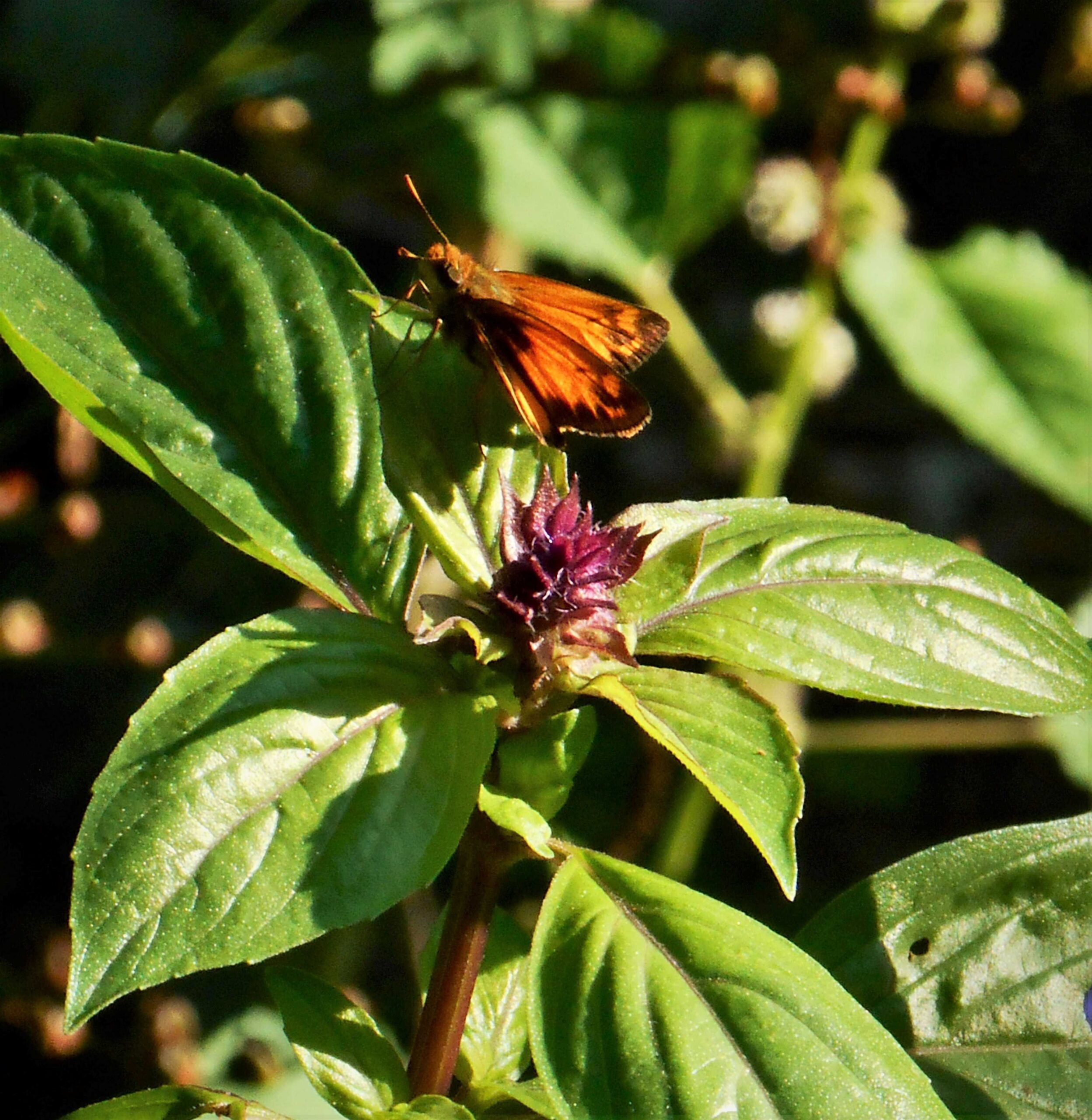Making a Resilient Drought-Tolerant Garden Part II: Techniques and Strategies
Enthusiastic gardeners begin planning, planting, and preparing for the season to come at the first hint of spring. Some of us may still be planting daffodils in December or January and watch for the first snowdrops to appear as the last bulbs go into the ground. There is very little break during winter. We are always watching the progress of our gardens and exploring sustainable gardening practices. And our hearts remain filled with hope for the seasons to come....










